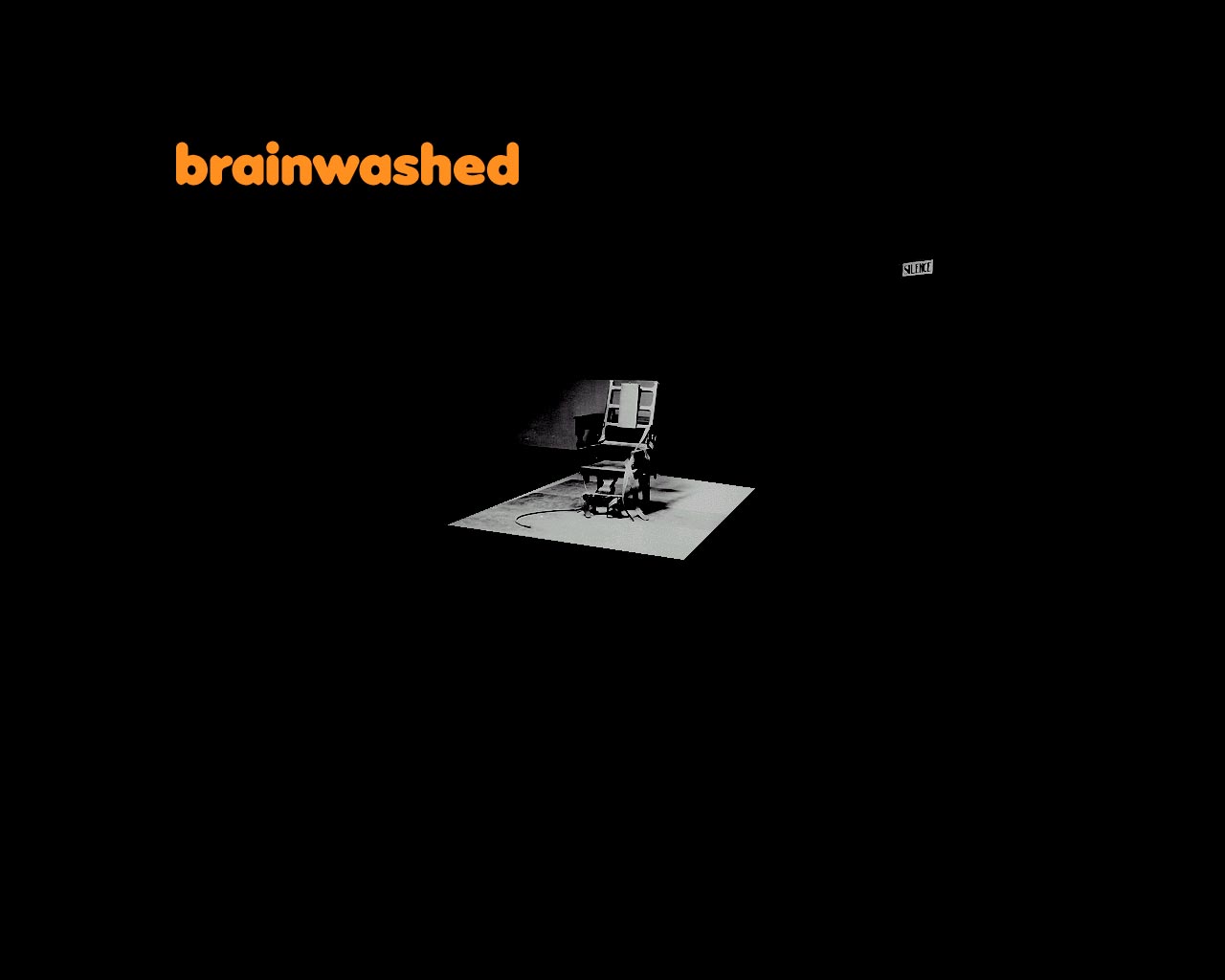
Wallpapering is a fun, relatively simple way to finish your wall. Get a few key techniques down and you'll be able to start throwing up your own wallpaper like a pro! There are many different kinds of wallpaper from which you can choose, but before you do, you'll need to take into consideration a few things. First, are you sure you want to use wallpaper on that particular wall? There are certain places like a changing room adjacent to the shower stall or a kitchen that wallpaper may not suit. The reasons are obvious. Steam, grease, or excessive moisture of any kind is not good for wallpaper, and will in fact destroy it quickly, rendering all your hard work pointless. These rooms are better finished with tile or treated wood.

Choosing the appropriate color and pattern for your wallpaper is of course very important. What kind of feel or vibe do you want to impart with your new wall? Colors give varying messages. We've all heard that white makes the room look bigger - which is true. And conversely, black does the opposite. I'm not even sure that they manufacture black wallpaper as the seams would be too visible. And believe it or not, dirt and stains show up clearer on black than on other colors. I won't go into all the various colors and their individual characteristics, but suffice it to say that it would be wise to take some time on this step, bearing in mind the long-term benefits and consequences.

Mankind is constantly developing new and faster ways to do things, and wallpapering is no exception. There are machines available that will cut and paste glue on to your wallpaper for you, and all you have to do is set it to do so. Of course, these machines are expensive and not worth getting if you don't do this for a living. On the other hand, if you can rent it, it may be worth considering. But let's assume that this machine's not worth your time and money, and talk about what you'll need to do this job by hand. You will need the following:

Wallpaper. Measure your wall/walls in m2 and throw in some extra for good measure. It may be good to have several m2 extra in case you mess up somewhere.

Glue. This often comes in bulk concentrated form, and must be thinned out prior to using. Read the instructions provided and dilute accordingly. Mount a mixer bit to your drill and mix until there is an even, soupy consistency.

Utility knife. This is what you will be cutting the wallpaper with. Make sure it's the "snap-off" type and that you have plenty of spare blades. Let me put it this way: Don't even attempt to wallpaper if you don't have sharp blades! - You're just wasting your time and money. Spend a little more and get yourself some sharp blades.

Straight-edges. You should have several lengths as different parts of your wall may be easier done with a shorter straight-edge, and vice versa. Make sure there are no nicks on your straight-edge, as even one small nick can ruin your whole cut.

Level. Use this to ensure your cuts are more or less vertical, as seams are never perfectly invisible. Plus, keeping your cuts plumb allows you to overlap only what's necessary for the joint and no more.

Smoothing brush. This doesn't necessarily have to be any specific tool, but just has to be something that can smooth your wallpaper out once it's up there. Even a clean, wet towel will do, just squeeze it out so it's not dripping.

100 or 200mm stainless scraper. This is used as a knife guide around window and door frame edges or anywhere that requires accuracy.

Large sponge. You would use this to wipe away excess glue. What you don't want to do is leave remnants of glue here and there which will dry and leave a glossy stain.



